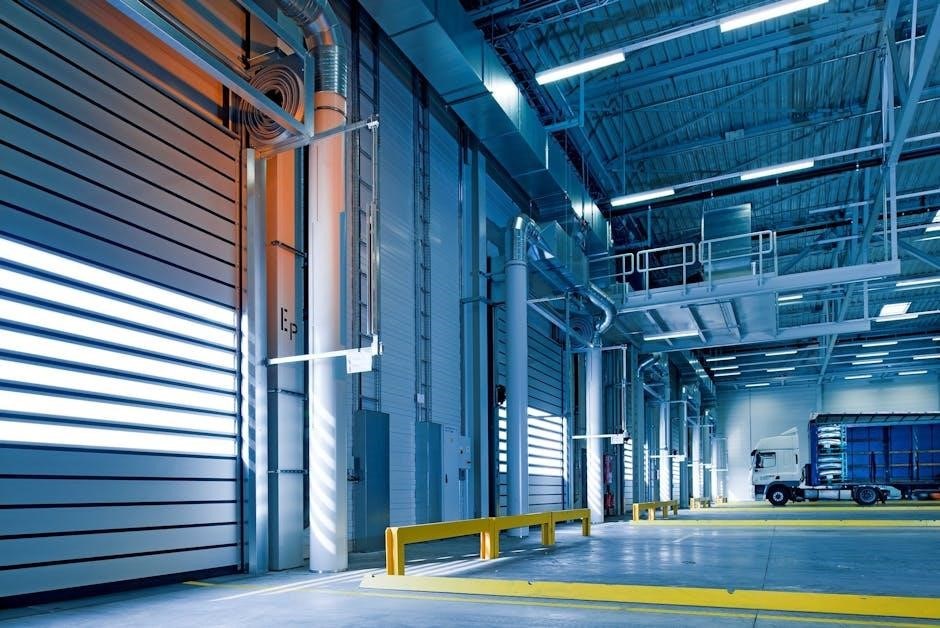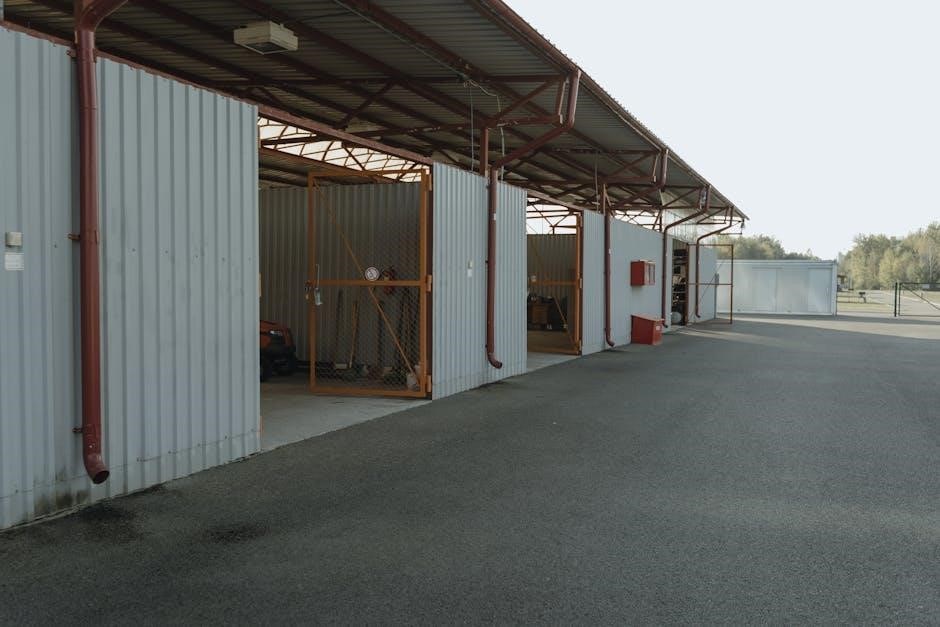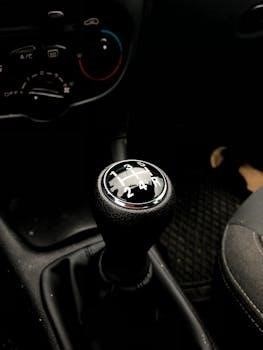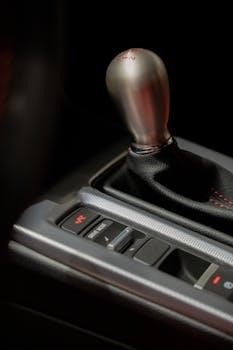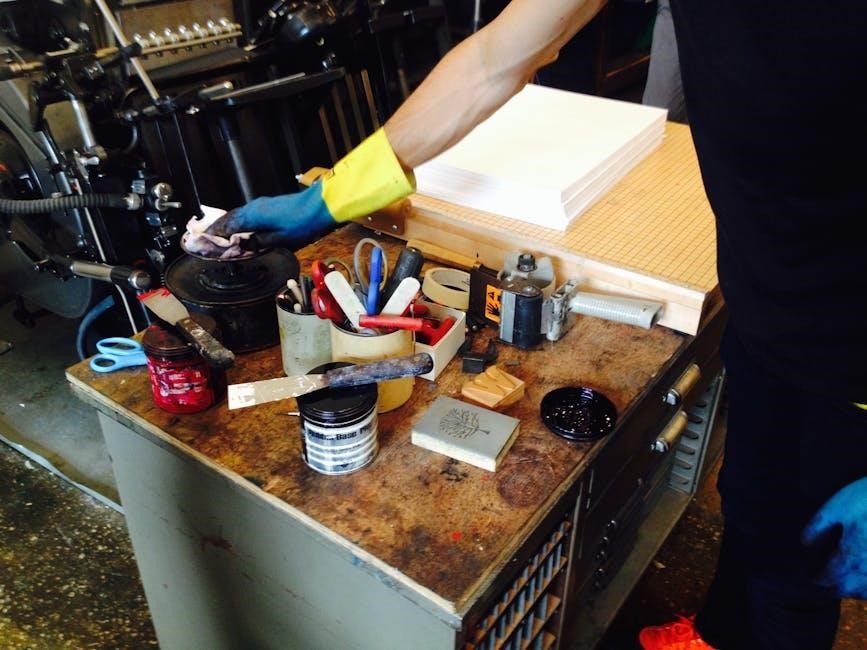The 2019 Honda Accord owners manual is available online as a free PDF download with 727 pages in English language format always.
Overview of the Manual
The 2019 Honda Accord owners manual provides detailed information on operating and maintaining the vehicle. It covers various topics, including safety features, instrument panel, and driving tips. The manual is designed to help owners understand their vehicle’s capabilities and limitations. With 727 pages, it is a comprehensive guide that includes tables, diagrams, and illustrations to facilitate understanding. The manual is available in English and can be downloaded as a PDF file, making it easily accessible to owners. It is an essential resource for anyone who wants to get the most out of their 2019 Honda Accord.

Contents of the Manual
The manual contains safety features and operating instructions always online.
Table of Contents
The table of contents for the 2019 Honda Accord owners manual is comprehensive, covering various aspects of the vehicle, including safety features, maintenance, and troubleshooting, with detailed instructions and guidelines for proper use and care, the manual is divided into sections, making it easy to navigate and find specific information, the contents page provides an overview of the manual’s structure, allowing owners to quickly locate the information they need, the table of contents is a valuable resource for owners, providing a clear and concise outline of the manual’s contents, with 727 pages of detailed information.

Downloading the Manual
Download the 2019 Honda Accord owners manual online for free always quickly.
PDF Download Options
The 2019 Honda Accord owners manual is available as a PDF download with various options, including a free download from the official website or other online sources, with a file size of 28 MB and 727 pages, allowing users to easily access and print the manual as needed, and it can be downloaded from websites such as OwnersManuals2.com, and other online platforms that provide free PDF downloads of the manual, making it easily accessible to users, and the manual is in English language format.
Related Manuals and Guides
Other related manuals include Honda Accord Sedan Owners Manual and Honda ACCORD 4D 2019 Manual always available online.
Additional Resources
Additional resources for the 2019 Honda Accord owners manual include online forums and websites that provide user reviews and feedback.
These resources can be useful for troubleshooting and resolving common issues.
The official Honda website also provides a range of resources and guides for owners, including maintenance schedules and repair information.
Owners can also find helpful tips and advice from other owners and enthusiasts.
These additional resources can help owners get the most out of their vehicle and stay up to date with the latest information and guidance always available online somehow.
Maintenance and Repair Information
Maintenance schedules and repair guides are included in the manual for reference always online.
Schedules and Procedures
The 2019 Honda Accord owners manual includes detailed schedules and procedures for maintenance and repair tasks, such as oil changes and tire rotations, to help owners keep their vehicle in good condition. The manual provides a recommended maintenance schedule and outlines the procedures for performing various tasks, including checking and replacing fluids, inspecting and replacing belts and hoses, and performing other routine maintenance tasks. By following the schedules and procedures outlined in the manual, owners can help ensure their vehicle runs smoothly and efficiently, and help prevent costly repairs down the road always.
Troubleshooting and Diagnostic Guides
Troubleshooting guides help owners identify and fix common issues with their 2019 Honda Accord vehicle quickly and easily always online.
Common Issues and Solutions
The 2019 Honda Accord owners manual provides solutions to common issues such as overheating and clutch problems, with troubleshooting guides and repair tips available online. The manual also includes a list of frequently asked questions and answers, helping owners to resolve issues quickly and easily. Additionally, the manual provides information on how to perform routine maintenance tasks, such as oil changes and tire rotations, to help prevent common issues from arising. By following the troubleshooting guides and maintenance schedules, owners can help to ensure their vehicle runs smoothly and efficiently, with minimal repairs needed, always online.

Vehicle Features and Options
The 2019 Honda Accord has various standard and optional features including Bluetooth audio always available online now.
Overview of Standard and Optional Features
The 2019 Honda Accord offers a range of standard and optional features, including infotainment systems and safety technologies.
The standard features include a multi-angle rearview camera and LED headlights, while optional features comprise a head-up display and adaptive cruise control.
These features are designed to enhance the driving experience and provide a high level of comfort and convenience to the occupants.
The features are explained in detail in the owners manual, which provides a comprehensive guide to the vehicle’s systems and operations, allowing owners to get the most out of their vehicle.
The manual is available online as a free PDF download with 727 pages in English language format.

Warranty and Service Information
Warranty details and service schedules are outlined in the owners manual for reference always online.
Overview of Warranty Coverage and Service Options
The 2019 Honda Accord owners manual provides an overview of warranty coverage and service options available to vehicle owners, including maintenance schedules and repair procedures. The manual outlines the terms and conditions of the warranty, including the duration and mileage limits. It also provides information on the service options available, including routine maintenance and repair services. Additionally, the manual includes a list of authorized dealerships and service centers where owners can take their vehicle for maintenance and repairs, ensuring that their vehicle is properly serviced and maintained. The manual is a valuable resource for owners.
The 2019 Honda Accord owners manual is a valuable resource always available online for owners to access and use easily every time.
Importance of the Owners Manual
The owners manual is a crucial document for 2019 Honda Accord owners, providing essential information on vehicle operation, maintenance, and repair. It helps owners understand their vehicle’s features, capabilities, and limitations. The manual also includes important safety information, warranty details, and troubleshooting guides. By reading and following the manual, owners can ensure their vehicle runs smoothly, efficiently, and safely. Additionally, the manual can help owners identify and address potential issues before they become major problems, saving time and money in the long run, and ensuring a positive ownership experience always.







